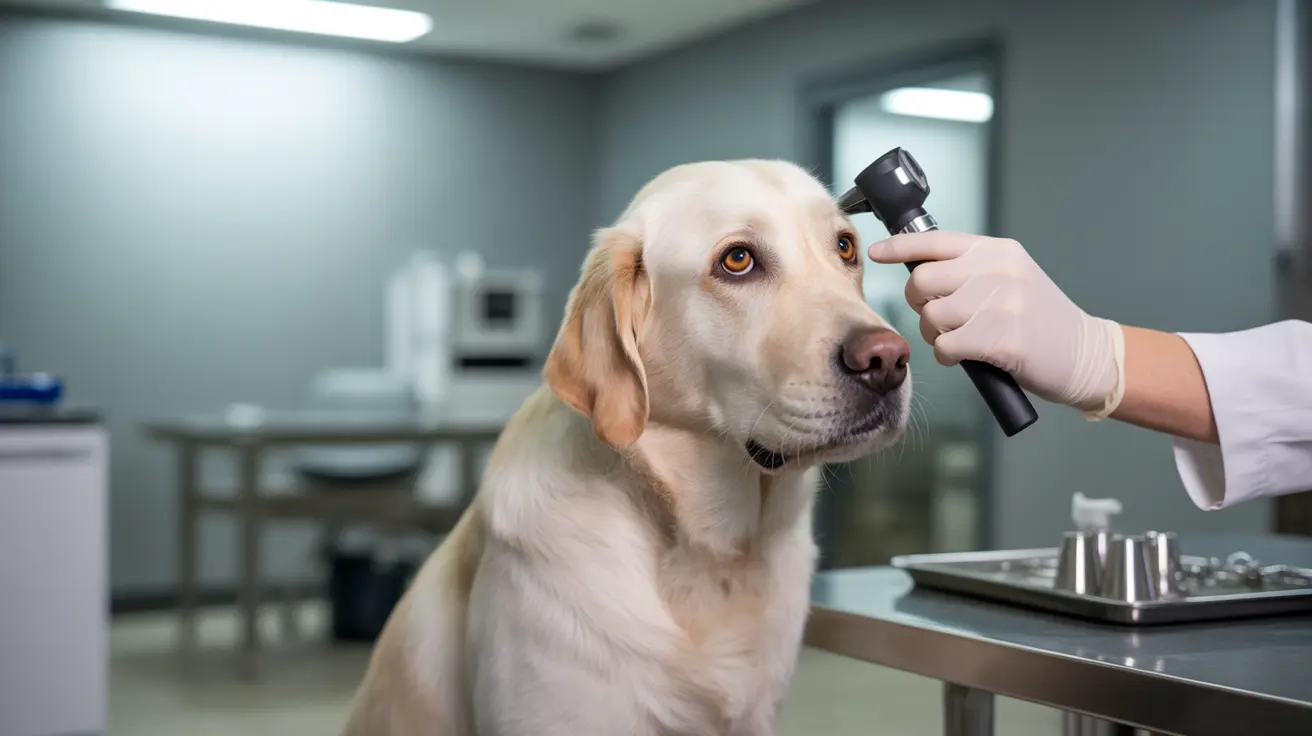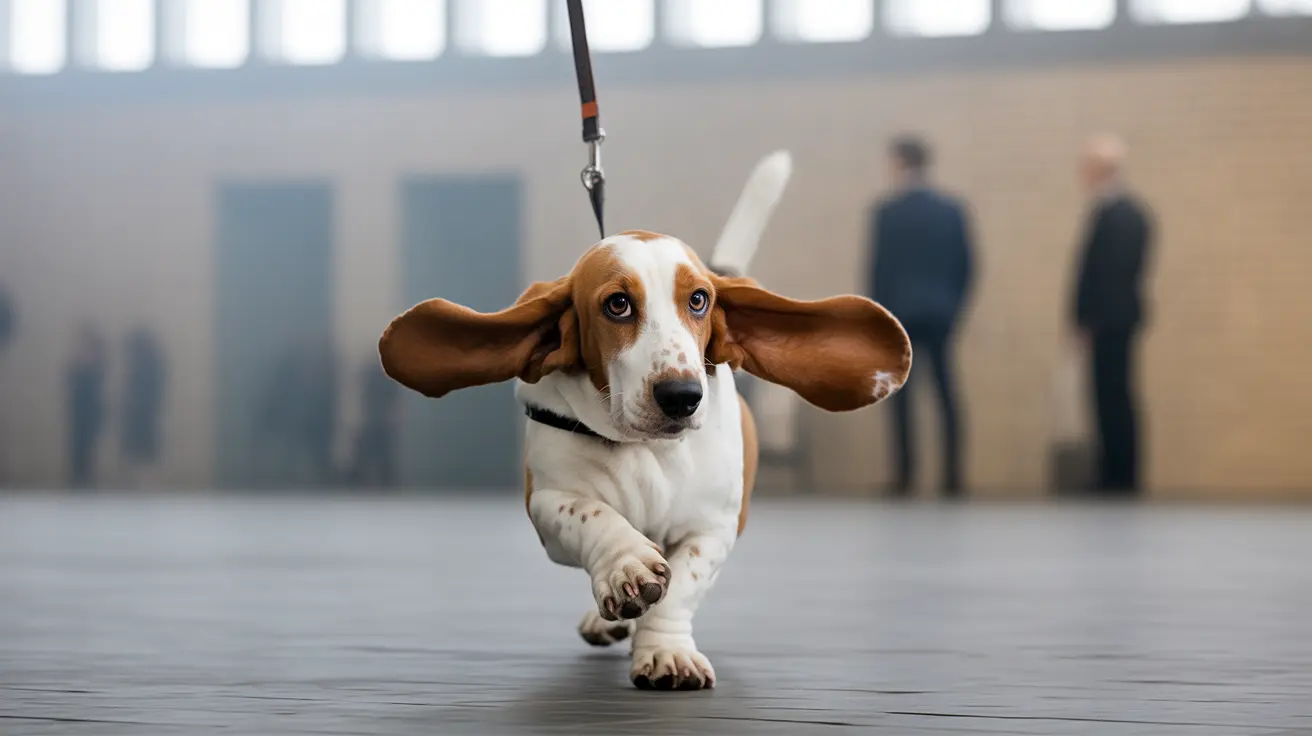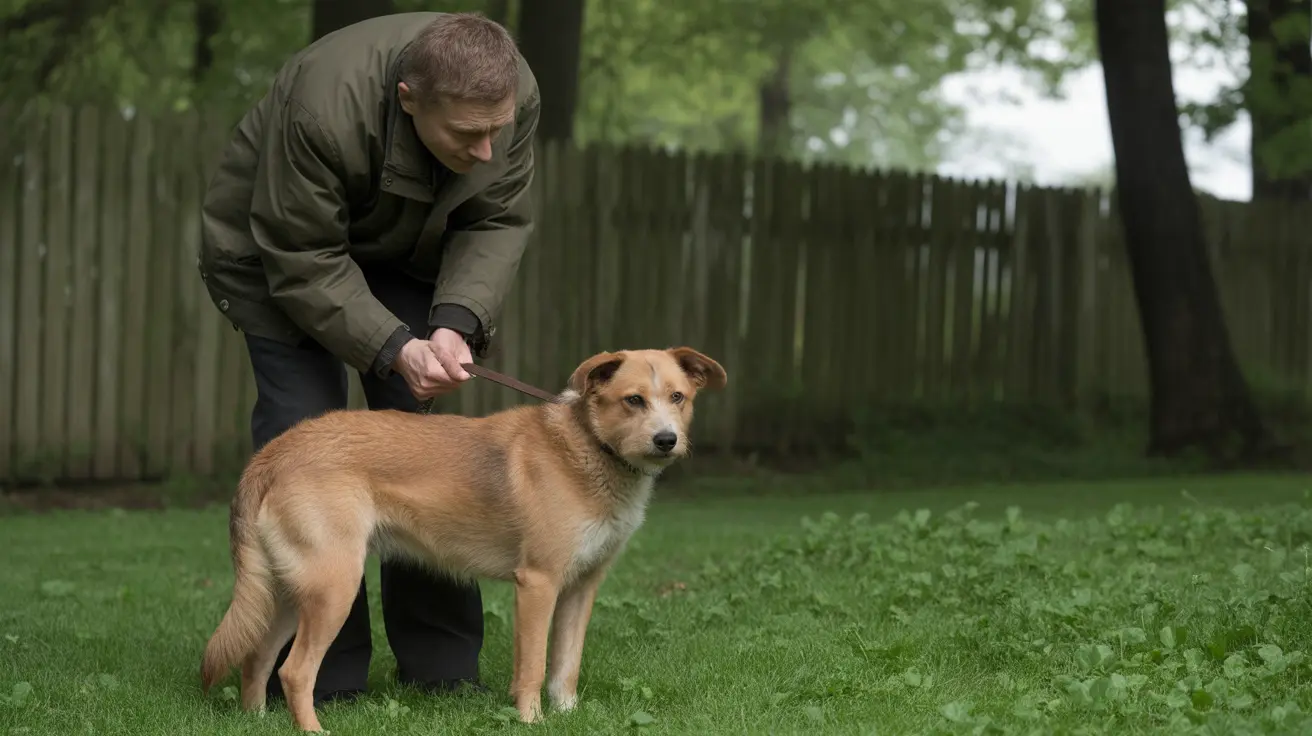Natural Remedies and Prevention for Yeast Infections in Dogs
Dogs, like humans, carry naturally occurring microbes on their skin. Among them, yeasts like Malassezia pachydermatis live in balance with a healthy canine immune system. However, when this delicate balance is disrupted, yeast can overgrow and cause infections.
What Causes Yeast Overgrowth in Dogs?
Several environmental and internal factors contribute to yeast proliferation, particularly in warm, moist, and poorly ventilated areas. Typical causes include:
- Immune suppression from disease or medications such as corticosteroids
- Allergies (food, environmental, or contact)
- Skin conditions like seborrhea that alter skin oil
- Moisture retention from swimming, bathing, or trapped humidity in folds
- Poor hygiene or matted fur
- Hormonal imbalances such as Cushing’s disease or hypothyroidism
- Use of antibiotics that alter microbial balance
Certain breeds are more susceptible, including bulldogs, cocker spaniels, dachshunds, shih tzus, and more.
Symptoms of a Yeast Infection
Recognizing a yeast infection early is key. Symptoms include:
- Itching and persistent scratching
- Reddened, flaky skin or patches of hair loss
- Unpleasant, musty odor
- Brown, greasy ear discharge
- Crusty or oily skin
- Inflamed paws or nail beds
How Nature Helps Control Yeast
While antifungal medications are often necessary in severe cases, many natural methods effectively support balance of yeast on canine skin:
- Apple cider vinegar (ACV) rinses: Diluted ACV (50% water, 50% vinegar) has mild antifungal properties. Applied topically with veterinarian guidance, it helps lower skin pH and inhibit yeast growth.
- Probiotics: A healthy gut flora supports immune function and prevents skin flare-ups. Adding probiotic supplements or yogurt (without sugar) to meals may support balance.
- Dietary changes: Consult a vet about switching to low-carbohydrate diets if a food allergy or sensitivity is suspected. Yeast may thrive on sugar-rich diets.
- Omega-3 fatty acids: Found in fish oil, they reduce inflammation and maintain healthy skin.
- Regular grooming and drying: Keep skin folds clean and dry. Trim hair as necessary in paws and ears to aid ventilation.
- Manage underlying issues: Correcting hormone disorders or allergies naturally aids the immune system’s regulation of yeast.
Preventing Yeast Infections Naturally
Natural prevention focuses on sustaining a healthy skin environment and immune function with:
- Routine cleanliness, avoiding excessive moisture
- Drying after baths or swimming
- Regular ear cleaning, especially for breeds with floppy ears
- Weight control to reduce skin folds
- Avoiding overuse of antibiotics
- Natural skin-supportive shampoos containing oatmeal, tea tree oil (with caution), aloe vera, or chlorhexidine under veterinary advice
When to See a Veterinarian
Though supportive care helps, any dog with chronic scratching, odor, flaky skin, or ear discharge should be checked by a veterinarian. Diagnosis methods include:
- Physical exams and skin sample microscopy
- Fungal cultures and skin biopsies
- Blood tests for underlying diseases
Long-Term Outlook
With consistent treatment and care, most dogs recover well from yeast infections. Nonetheless, recurrence is possible if root causes aren't addressed. Maintaining natural defenses through balanced nutrition, hygiene, and regular checkups is key.
Remember: use any natural remedy only with your vet’s guidance to avoid worsening the condition or overlooking deeper issues.





